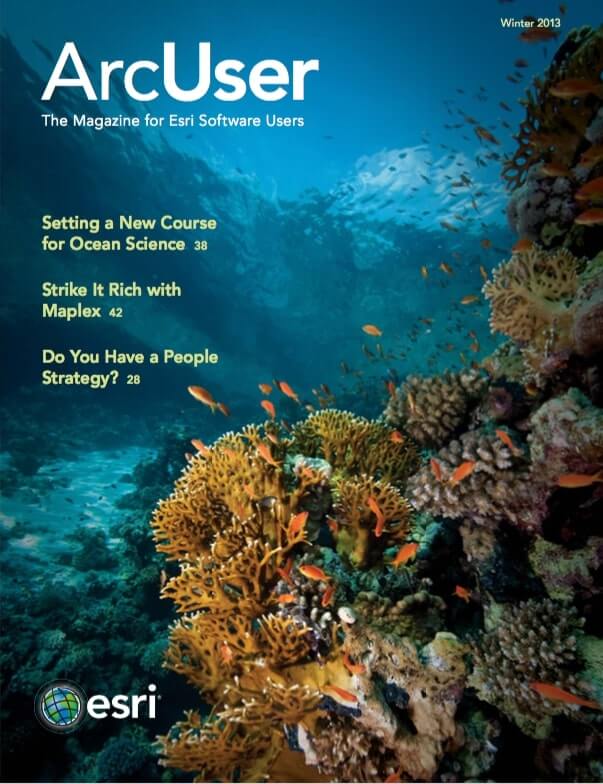Lately, there’s been a steady stream of articles telling how tech workers can ride the employment roller coaster and, specifically, which skills GIS professionals need to survive in today’s business climate. The last five years have seen major shifts in expectations, and these have had a huge impact on organizations and their leadership. Many organizations are looking for ways not only to meet these expectations but also to create new products and services that reach new customers.

Grow Your People, Grow Your Business
According to the 2012 Employee Job Satisfaction and Engagement study by the Society for Human Resource Management, employee development is an important way to increase job satisfaction and reduce staff turnover. Higher job satisfaction is associated with increased productivity and higher customer satisfaction.
Despite the amazing technology that permeates modern life, humans remain indispensable. No gadget has yet invented a new gadget. No computer has ever created a web map all by itself, contributed to a white paper, or put together slides for an executive presentation (although Watson, IBM’s cognitive system, may be honing its PowerPoint skills as you read this).
Higher job satisfaction is associated with increased productivity and higher customer satisfaction.
Organizations that work at motivating and retaining employees have leaders who understand that people are their most important asset. Employees execute day-to-day operations, engage with customers, and come up with the new ideas that move a business forward.
Esri Training Services has been preaching the value of staff development for some time. Note that staff development includes—but is not limited to—training. Fundamentally, staff development is a people-centric approach to achieving strategic business goals.
Staff Development Planning Process
Like anything done well, staff development requires planning. Planning should encompass support not only for current projects and initiatives but also for future projects and initiatives. Your planning process should start with strategic alignment. Directly connecting staff development with the achievement of strategic goals will earn executive buy-in and budget approval.
During this phase, identify strategic business goals. These goals are often articulated in your organization’s mission statement. Next, assess how your organization’s GIS program supports these strategic goals. Which staff roles create, manage, and use the GIS infrastructure and applications? What GIS roles are in place to support the applications that support the strategic goals?
Next, analyze the available educational resources and delivery methods to select those that will be most appropriate for the GIS roles just identified. Timelines, priorities, and budgets can be discussed and documented in a staff development plan. This plan should answer the following questions:
- What knowledge and skills are required for each role?
- Based on current and future plans, what are staff development priorities?
- What resources are available to develop the required knowledge and skills?
- What’s the budget?
Time for Action
Once the plan is formulated, it is time to execute it. However, that is not the end of the process. It’s important to periodically review the progress that has been made and the plan itself. Events like the retirement of a key staff member, reassignment of roles, creation of a new role, or the introduction of a new technology component may necessitate modifying the plan. It’s critical to ensure that your plan remains aligned with your organization’s strategic goals by adjusting it as needed. If not, your plan becomes irrelevant.
What are the results of all this planning? With an approved budget in place, your people develop the right skills at the right time. Staff members who possess the knowledge and skills they need perform day-to-day operations efficiently. Projects are completed successfully. Just as important, you can demonstrate that your team functions as a strategic asset. Your organization’s leaders can appreciate the value of the GIS program. And finally, your employees will feel valued and excited about contributing to new projects.
Contact an Esri training specialist who can partner with you to help determine the best options for equipping your staff with the knowledge and skills they need to help your GIS program succeed. For more information, call 1-800-447-9778, ext. 5757, or send an e-mail to gistraining@esri.com.


